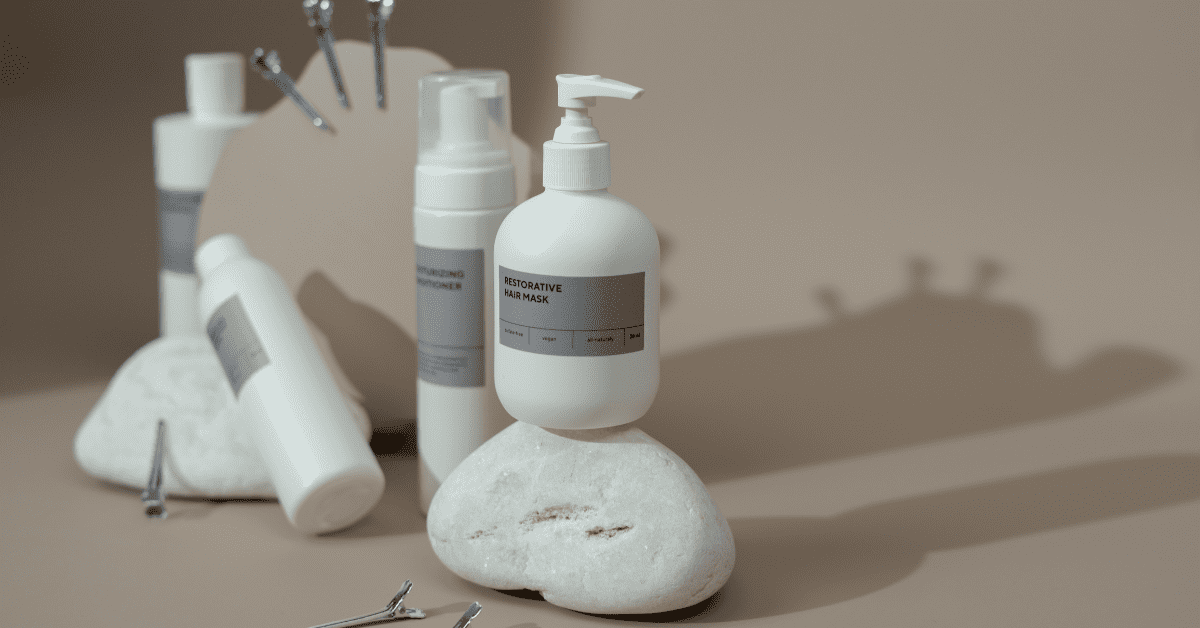Endocrine disruptors are all around us, in what we eat, wear, and clean with, but what are they, what danger do they pose, and how can we avoid them? Even if there are only small traces of these substances in what we consume or put on our bodies, it adds up over time, creating a poor environment for healthy endocrine function. No matter where you are in your health and wellness journey, these disruptors can be essential to identify to keep your endocrine system functioning properly.
The Endocrine System, Its Functions, and Disruption
Our endocrine system is fundamental to normal bodily functions because it makes and sends out the hormones that are in charge of reproduction, growth, attention span, and even metabolism, according to research supported by the National Institute of Environmental Health Sciences.1 That means that when this system is not functioning properly due to disruption, it can have negative effects on sex hormones, like testosterone and progesterone, causing issues with fertility, growth in babies during and after pregnancy, the development of attention-related problems like ADD and ADHD, and more as reported by the NIEHS.2
But how does disruption to these vital functions happen?
According to the Endocrine Society, Endocrine-Disrupting Chemicals (EDCs) inhibit proper hormone signaling by either presenting to the body as hormones or blocking the hormone receptors.3 Either of these disruptions occurring in your body can cause significant problems to your endocrine system and, in turn, your body as a whole.
In regard to researching the full potential of harmful effects EDCs present, there lies the problem of not being able to completely understand the full consequences of their presence in the body.4 As per their paper Endocrine Disrupting Chemicals in Cosmetics and Personal Care Products and Risk of Endometriosis by Peinado, Iribarne-Durán, Ocón-Hernández, Olea, and Artacho-Cordón (2020), “There is no safe dose of EDCs. They act at low concentrations and in combination with endogenous hormones, making it difficult to establish a threshold level of no effect.”5

What are Some Common Endocrine Disruptors?
Unfortunately, we can find these endocrine disruptors in a lot of commonly used products. Still, they are identifiable and, in some instances, avoidable if you take the time to choose healthier, endocrine-safe alternatives.
The NIEHS lists some of the most notable and frequently used endocrine disruptors, such as Per- and polyfluoroalkyl substances (PFAS), Phthalates, Bisphenol A (BPA), Polybrominated diphenyl ethers (PBDE), and Triclosan.6 This is just scraping the surface, as the Endocrine Society has recorded that there are over 1000 man-made chemicals that have been tested and have EDCs present… of more than 85,000 of these chemicals, and a large majority of them have remained untested.7
Manufacturers list these chemicals on most products, so they’re easy to spot if you know what to look for. They are also typically found in common household, cosmetic, and personal care products, according to Peinado et al. (2020).8 Some of these products include deodorants, lotions, feminine hygiene products, shampoos, and sunscreen, to name a few.9 These EDCs can also be in our foods directly, like in soy, or from these chemicals seeping into our food and drinks through food packaging, non-stick pots and pans, can linings, plastic storage containers, or spraying herbicides and pesticides on the ground.10

How to Limit Exposure to Endocrine Disruptors
The good news is that you can limit future exposure to some of these everyday endocrine disruptors and start to heal your body from exposure. There are some fairly easy substitutes for many of these products, and you can take time to make informed purchases and replace them with healthier alternatives as you run out of certain products.
One of the easiest ways to begin is to replace plastic food containers with glass containers that have a glass or natural wood lid, like bamboo. While glass products can be more expensive, replacing your plastic containers slowly and taking good care of them can make them last for years. As you run out of personal care products like shampoos, body washes, and deodorants, research healthy alternatives that don’t have the ingredients listed above. There are a lot of great products that are clean for you and the environment and won’t break the bank.
A little research can go a long way in limiting EDC exposure. It could be as easy as scanning a barcode. Cellphone applications like Yuka and EWG Healthy Living are two notable resources. Both of these apps allow you to scan the barcode of a product and get a comprehensive list of the ingredients, their effects on the body, and a rating of how clean and chemical-free the products are. The EWG will glist and rate multiple products, including personal care, food, sunscreen, and household cleaners. Yuka provides you with a look into cosmetic and personal care products and will also give suggestions for cleaner products if the one you scanned has a low rating. A quick internet search can also pull up various research and studies for other products if what you’re looking for isn’t on either of those apps.
As people start buying and consuming healthier products, the power of the dollar can help enact change throughout the companies producing Endocrine-Disrupting Chemicals. Continuing research can also help bring to light the far-reaching effects of these chemicals and could help lead to cleaner products being produced in the future.

Conclusion
Being well-informed on the chemicals that could have negative effects on our health and wellness is the first step in limiting our exposure to them and choosing cleaner alternatives for a healthier future. It’s easier than ever to identify endocrine disruptors through the development of technology by utilizing the internet and cellphone applications, which help raise awareness of EDCs and can, in turn, help us enact change simply by purchasing higher-quality foods and products, impacting the future of health for the better.






0 Comments